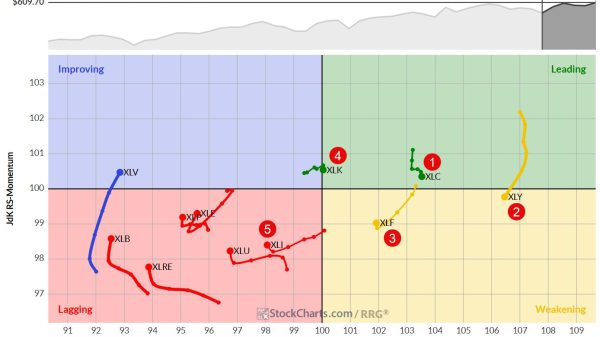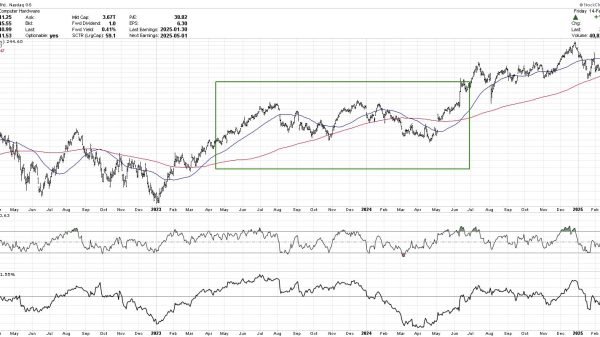In B2B marketing, focusing your efforts on the right prospects can mean the difference between a pipeline full of opportunities and one that’s full of dead ends.
Qualifying leads is crucial in ensuring that you spend your time and resources on prospects that are more likely to convert into long-term clients. So, how do you qualify B2B leads effectively and ensure you’re focusing on the right prospects? We spoke to a prominent B2B marketing consultant to give us his take on the landscape.
1. Understand Your Ideal Customer Profile (ICP)
The first step in qualifying leads is to have a clear understanding of your Ideal Customer Profile (ICP). This goes beyond simple demographics and encompasses deeper traits like company size, industry, location, budget, pain points, and goals. Building a robust ICP is critical because it provides the foundation for identifying which prospects are most likely to benefit from your offering.
Key aspects of an ICP include:
Industry: Are you targeting tech startups or established manufacturing companies? Different industries have unique challenges and buying behaviours.
Company Size: Are you best suited for small businesses or enterprise-level clients?
Pain Points: What specific problems are your target companies looking to solve? Understanding this helps position your solution effectively.
Decision-Maker Roles: Identify the roles within the company that typically make purchasing decisions. Are you talking to the CEO, the IT manager, or the procurement officer?
When you define your ICP, you have a clear lens through which you can filter your leads. Those who match your ICP are more likely to engage, while those who don’t fit can be deprioritised.
2. Implement Lead Scoring
Lead scoring is an effective way to rank leads based on their potential value to your business. By assigning scores to leads based on criteria such as company fit, engagement level, and intent, you can quickly identify which leads deserve more attention and which ones may not be worth pursuing.
Components of an effective lead scoring system:
Firmographics: Scoring based on company size, revenue, location, and industry. These characteristics help determine if the lead aligns with your ICP.
Behavioural Data: Has the lead interacted with your content, downloaded whitepapers, or attended webinars? The more engaged the lead, the higher the score.
Intent Signals: This includes actions that indicate the lead is actively searching for a solution like yours. Intent data can be sourced from website visits, form submissions, or even third-party platforms.
For example, if a lead downloads a case study, visits your pricing page, and fits your ICP, they may receive a high score, indicating they’re worth more immediate attention. Conversely, a lead from an industry that doesn’t match your ICP and who has shown little interest in your content may score lower and be a lower priority.
3. Ask the Right Qualifying Questions
To qualify leads effectively, you need to ask targeted questions that help you determine whether they are a good fit for your business. These questions can be asked during discovery calls, sales conversations, or through lead capture forms.
Examples of qualifying questions:
Budget: “Do you have a budget allocated for this project?” If the lead doesn’t have a budget, it may not be the right time to engage with them.
Decision-Making Process: “Who is involved in the decision-making process?” Knowing this helps you identify if you’re speaking to the right person or if you need to bring others into the conversation.
Timeline: “When are you looking to implement a solution?” A lead that is ready to make a purchase within a few months is more valuable than one with a vague, distant timeline.
Pain Points: “What challenges are you trying to solve?” If the lead’s pain points align with what your product or service addresses, they are a strong prospect.
These questions help you assess not only whether the lead is a fit for your business but also how urgent their needs are. Leads that have immediate needs and clear decision-making processes are prime candidates for focused efforts.
4. Leverage Data and Technology
In today’s B2B landscape, data and technology play a crucial role in lead qualification. Marketing automation platforms, CRM systems, and intent data tools can help you track leads’ behaviours and interactions with your brand. These platforms allow you to gather data on things like website visits, email engagement, and content downloads—all of which offer insight into the lead’s intent and readiness to buy.
For instance, if a prospect has visited your website several times and interacted with your case studies and pricing page, it signals strong interest. Tools like HubSpot, Salesforce, and other CRM platforms can automate the lead scoring process, making it easier for sales and marketing teams to prioritise high-value leads.
5. Align Marketing and Sales Teams
One of the biggest challenges in qualifying B2B leads is the disconnect between marketing and sales teams. Marketing might hand over leads that sales considers unqualified, and this misalignment can waste valuable time and resources. To avoid this, both teams need to agree on what constitutes a qualified lead and maintain ongoing communication.
Best practices for alignment:
Shared Definitions: Both teams should agree on the criteria that qualify a lead, including what actions a lead must take to be considered “sales-ready.”
Regular Feedback Loops: Sales teams should provide feedback to marketing on the quality of the leads they receive, helping marketing refine their efforts.
Joint Meetings: Regular alignment meetings between sales and marketing can help ensure both teams are on the same page and working toward common goals.
6. Know When to Disqualify
Disqualifying leads may seem counterintuitive, but it’s an important part of the qualification process. Not every lead is going to be a good fit, and that’s okay. The key is recognising when to disqualify a lead early in the process, so you can focus on higher-value prospects.
Signs it’s time to disqualify a lead:
They don’t fit your ICP.
They lack a clear budget.
Their timeline for making a decision is too long.
They show no significant engagement with your content or sales team.
Disqualifying leads doesn’t mean giving up on them forever. Some may come back in the future when their circumstances change. For now, though, it’s better to focus on prospects that have a higher likelihood of converting.
Final Thoughts
Qualifying B2B leads is all about focusing your energy on prospects that are most likely to result in conversions. By understanding your ideal customer profile, using lead scoring, asking the right questions, leveraging technology, and ensuring alignment between marketing and sales, you can refine your approach to lead qualification. This will allow you to allocate your resources more effectively, build stronger relationships with potential clients, and ultimately drive better results for your business.
Read more:
Qualifying B2B Leads: How to Focus on the Right Prospects























